Old Power Strips
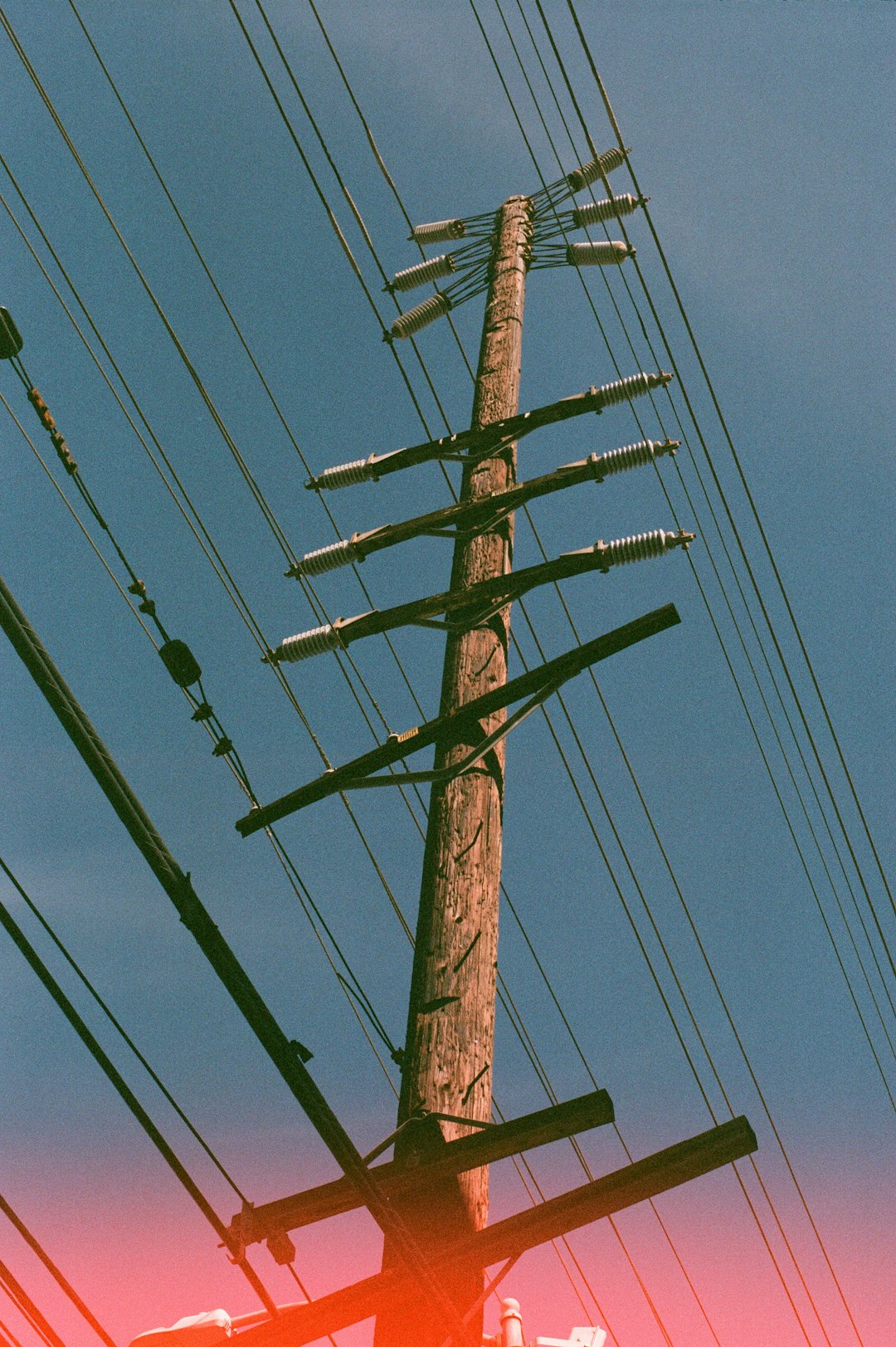
Old power strips are notorious for causing household fires. According to the National Fire Protection Association, electrical distribution equipment, including power strips, was involved in about 8% of home structure fires between 2021 and 2024. When overloaded or when their wiring is worn, these strips can spark and ignite nearby items. Many older models lack surge protection or automatic shutoff features, making them even riskier. Instead, opt for modern surge protectors with built-in overload protection and only plug in devices that don’t exceed the strip’s wattage limit. Regularly check your strips for frayed cords or scorch marks, which indicate it’s time to replace them.
Space Heaters
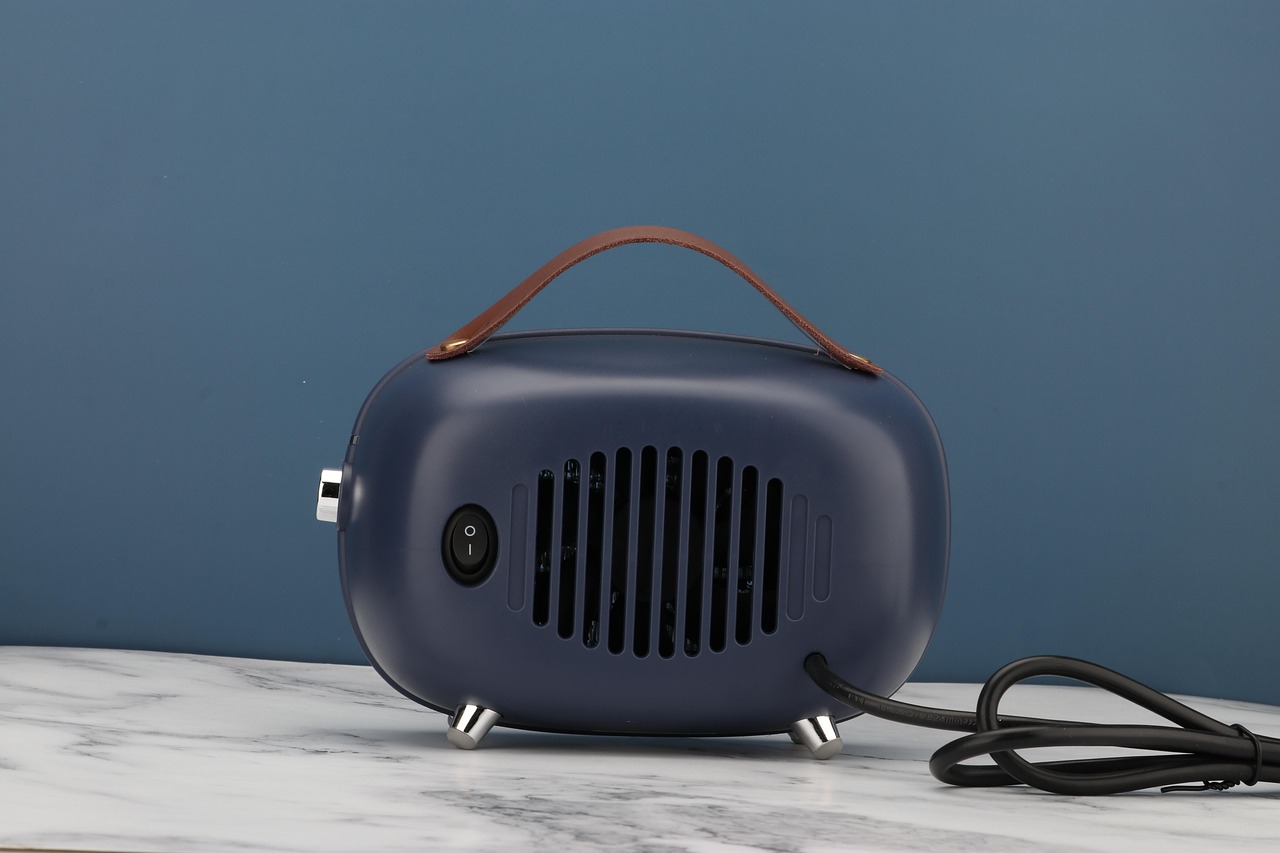
Space heaters are a leading cause of home heating fires, accounting for over 1,700 reported incidents annually in the U.S. from 2022 to 2024, according to the U.S. Consumer Product Safety Commission. These portable devices often tip over, overheat, or are placed too close to flammable materials like curtains or furniture. The safer alternative is an oil-filled radiator or a built-in wall heater with a certified tip-over switch and automatic shutoff. Never leave any heater unattended, and keep at least a three-foot safety zone around them.
Dryer Lint Traps

Clothes dryers cause nearly 4,000 fires every year in the U.S., and most are due to lint buildup, as reported by the U.S. Fire Administration. Lint is highly flammable and can ignite from the heat inside the dryer. To reduce your risk, clean the lint trap before every load and regularly clear out the vent hose. Consider ventless dryers or heat pump dryers, which run cooler and collect lint in easy-to-clean trays, making them a safer bet.
Extension Cords
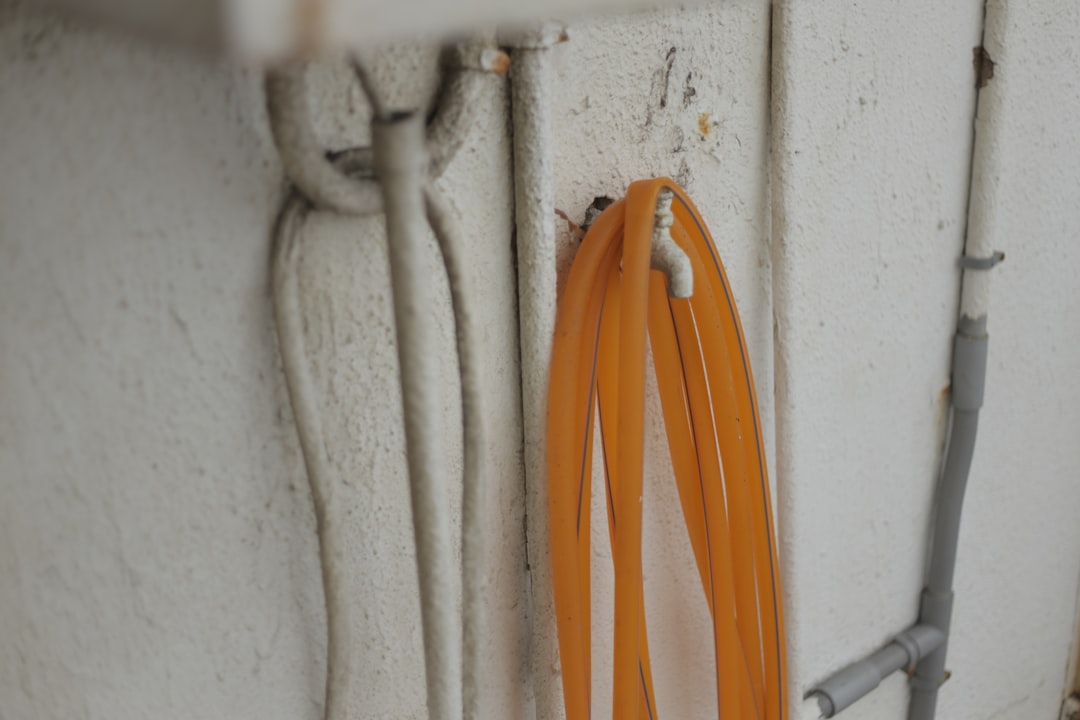
Extension cords are meant for temporary use, but many households use them as permanent solutions, which increases fire risks. The Electrical Safety Foundation International found that extension cord fires kill an estimated 50 people and injure 250 annually in the U.S. from 2023 to 2024. Overloading extension cords or running them under rugs where heat can’t escape is particularly dangerous. Safer alternatives include installing more outlets in your home or using heavy-duty cords with built-in circuit breakers for short-term needs.
Electric Blankets
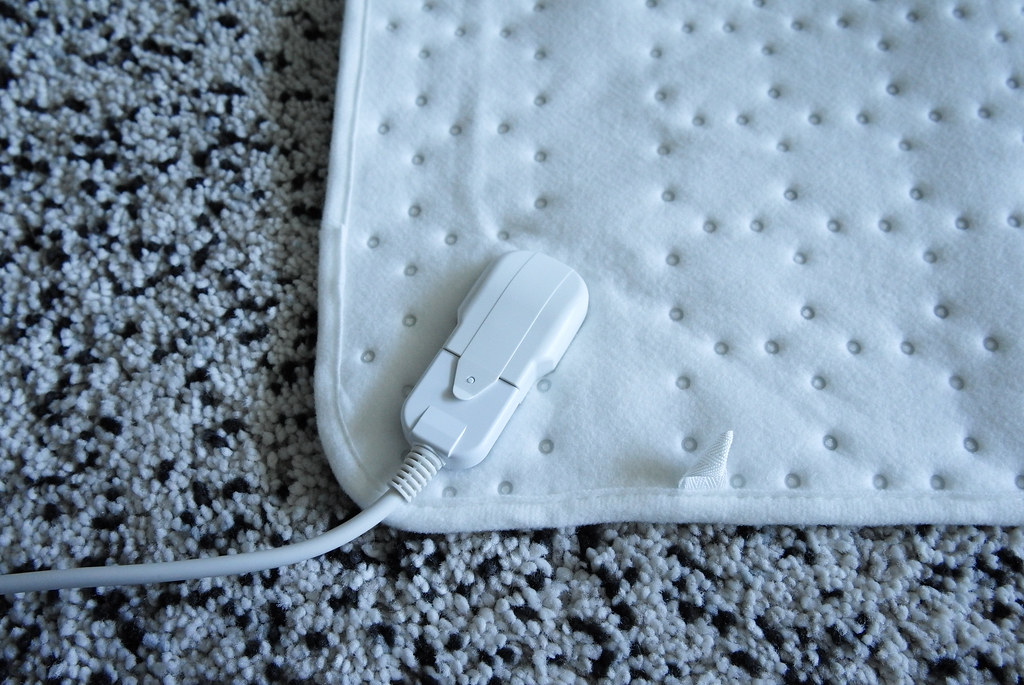
Electric blankets can provide warmth, but they also pose a fire hazard—especially older models without automatic shutoff. The U.S. Fire Administration notes that electric blanket fires are most common in blankets more than 10 years old. Frayed wires, damage from frequent folding, or pets chewing on the cords can all trigger fires. Modern heated throws with auto-shutoff and overheat protection are a safer choice. Washable, layered bedding is the safest way to stay warm at night.
Old or Faulty Smoke Alarms
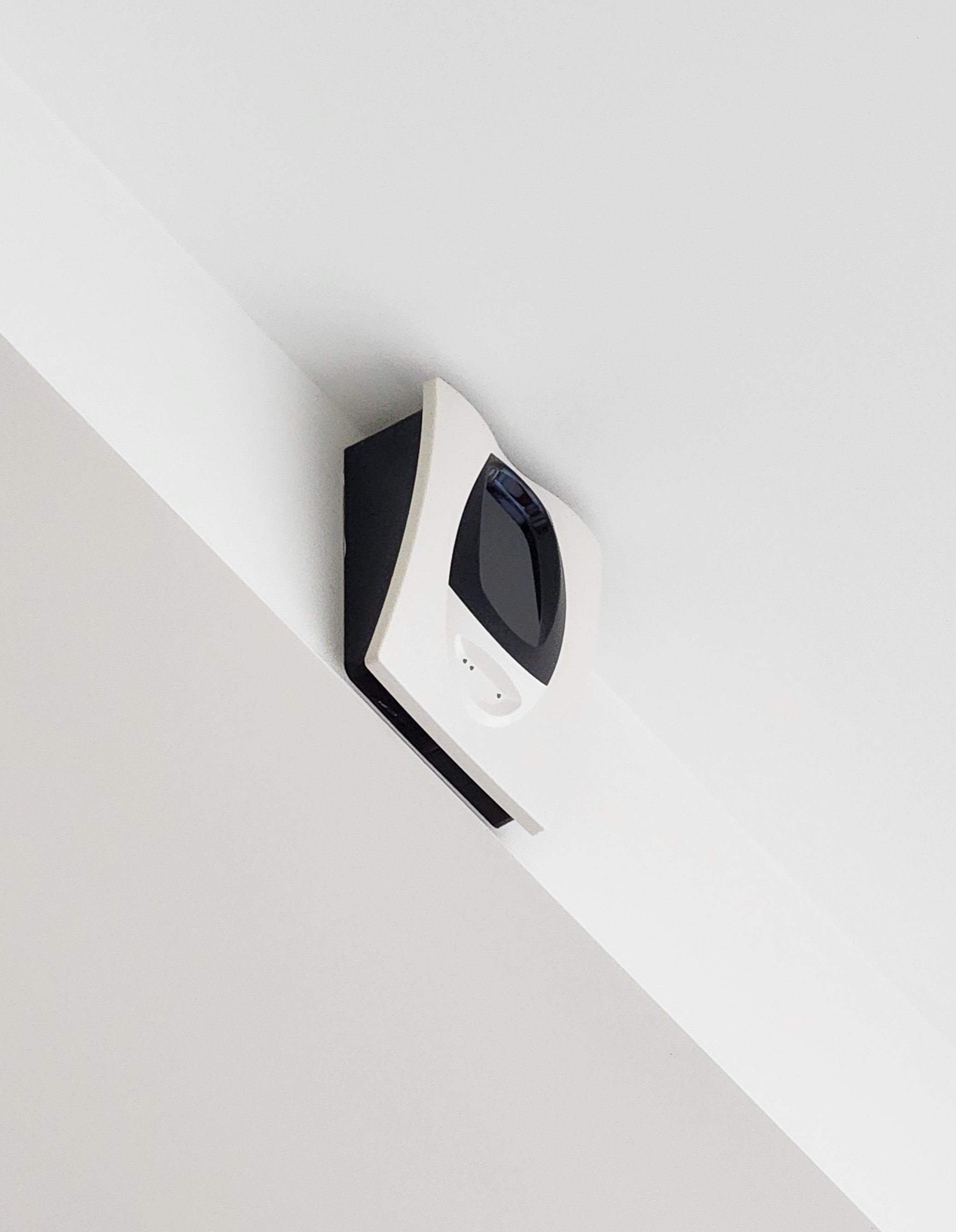
Believe it or not, malfunctioning smoke alarms are a hidden fire danger. The National Fire Protection Association revealed that nearly 60% of fire deaths in 2023-2024 occurred in homes with no working smoke alarms or with alarms that had dead batteries. Old alarms may not detect smoke quickly enough or might fail altogether. Replace alarms every 10 years or upgrade to models with sealed, long-life batteries and interconnected systems that alert every room in the house simultaneously.
Candles

Candles account for roughly 7,400 home fires annually in the U.S., with December being the peak month, according to the NFPA’s latest statistics. Unattended candles, or those placed near flammable objects, can easily start a blaze. Battery-operated LED candles mimic the glow of real candles without the risk of open flame. If you absolutely love the real thing, always use sturdy holders and never leave candles burning when you leave the room.
Cooking Oil and Fryers

Unattended cooking remains the leading cause of home fires, and hot oil is the chief culprit. Grease fires can ignite in seconds and are difficult to extinguish with water, often making the blaze worse. The NFPA reports that from 2023 to 2025, kitchen fires made up almost half of all reported home fires. Air fryers are a much safer alternative, since they require little or no oil. When using oil on the stove, keep a metal lid nearby to smother any flames.
Halogen Floor Lamps
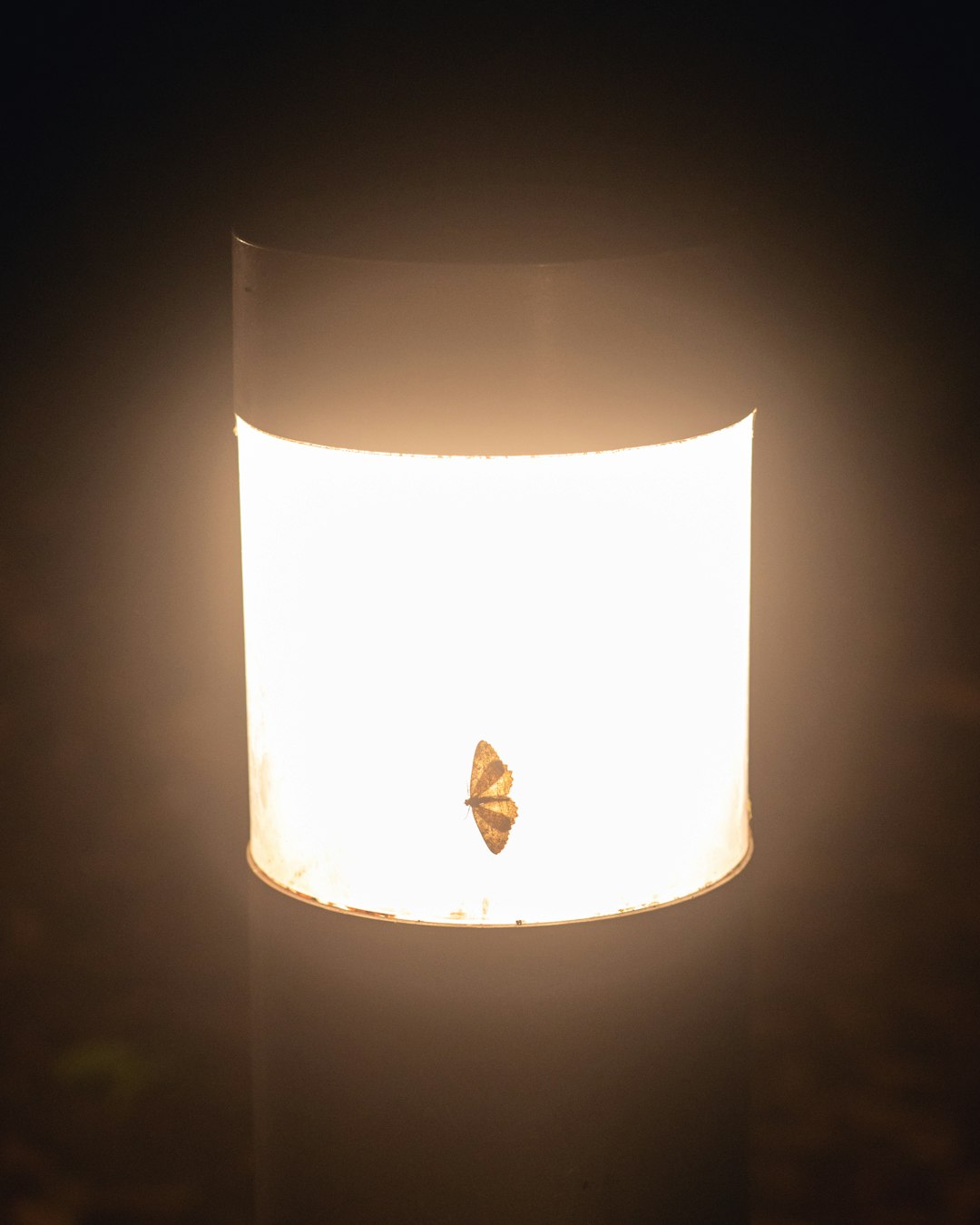
Halogen floor lamps get extremely hot—hot enough to ignite curtains, papers, or even dust. The U.S. Consumer Product Safety Commission has warned that these lamps have been linked to hundreds of fires and several fatalities between 2022 and 2024. LED floor lamps, which run cool and use less energy, are a far safer lighting option. If you own a halogen lamp, keep it away from anything that could catch fire and never leave it on unattended.
Lithium-Ion Batteries

Devices powered by lithium-ion batteries—such as e-bikes, scooters, and even some cordless tools—have seen a sharp increase in fire incidents. According to the Fire Department of New York, there were over 250 fires caused by lithium-ion batteries in 2024, up nearly 25% from previous years. Batteries can overheat, especially if charged with off-brand chargers or left plugged in too long. Safer alternatives include devices with certified battery protection circuits and always using the charger that comes with the device.
Decorative String Lights
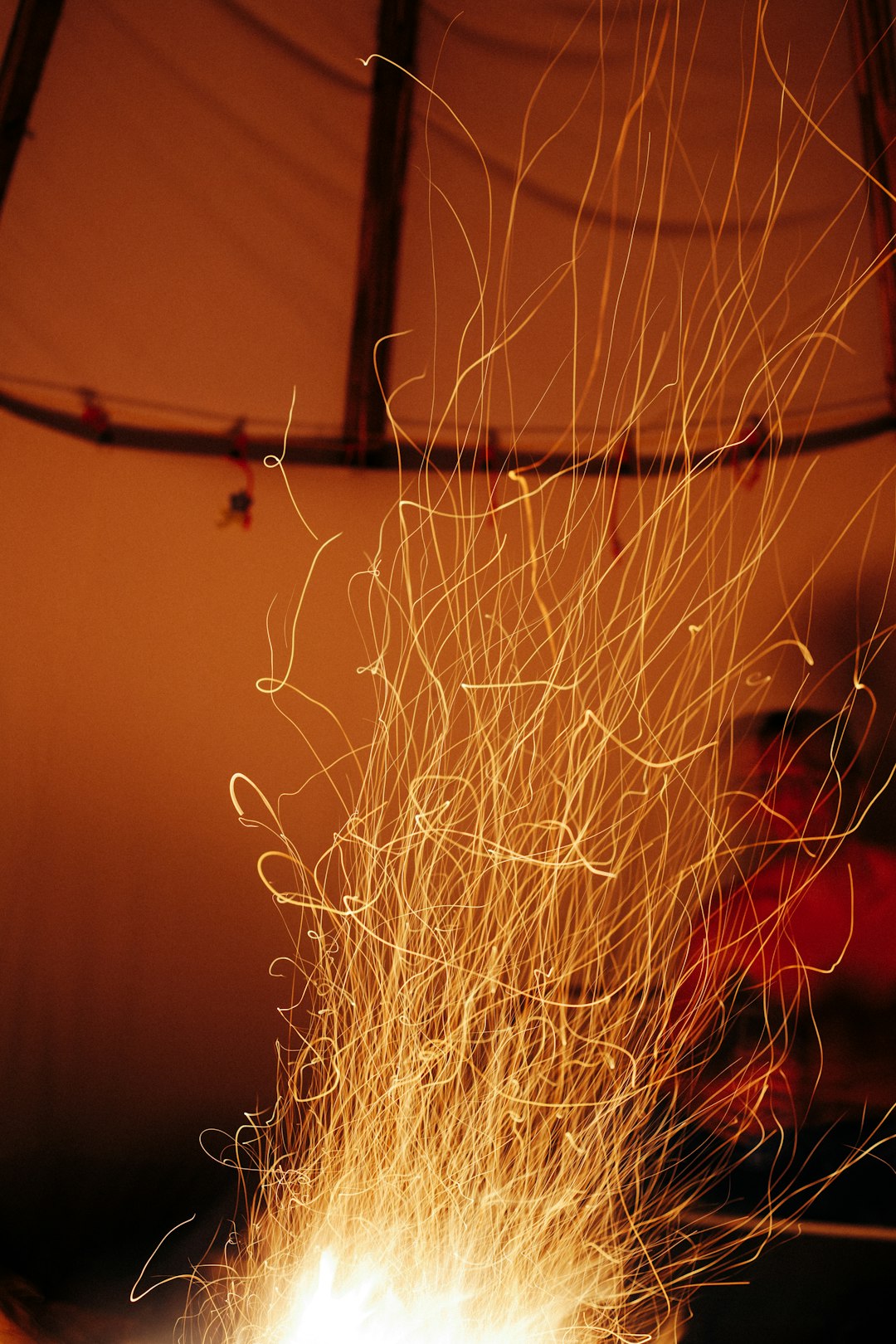
String lights, especially older or cheap models, can overheat and spark fires if left on too long or if bulbs break. The National Fire Protection Association states that holiday lights cause about 770 home fires a year in the U.S. from 2023 to 2025. Always choose LED string lights, which stay cool and use less electricity. Don’t drape them over flammable materials and unplug them when you’re not home or before going to bed.

Henrieke Otte is an accomplished writer and content editor, specializing in topics that inspire thoughtful living—ranging from global travel and sustainable lifestyles to interior design and architecture. With a keen editorial sense and a background in cultural studies, Henrieke brings depth, elegance, and clarity to every piece she crafts.
Her work is known for its engaging voice, visual sensitivity, and ability to turn complex ideas into accessible, reader-friendly narratives. Whether exploring eco-conscious destinations, dissecting climate-conscious home trends, or curating serene living spaces, Henrieke writes with a balance of creativity and insight that resonates with design-savvy, environmentally aware audiences.
Driven by a love of meaningful storytelling and a refined aesthetic, Henrieke contributes regularly to digital platforms and magazines where quality content meets visual sophistication.

